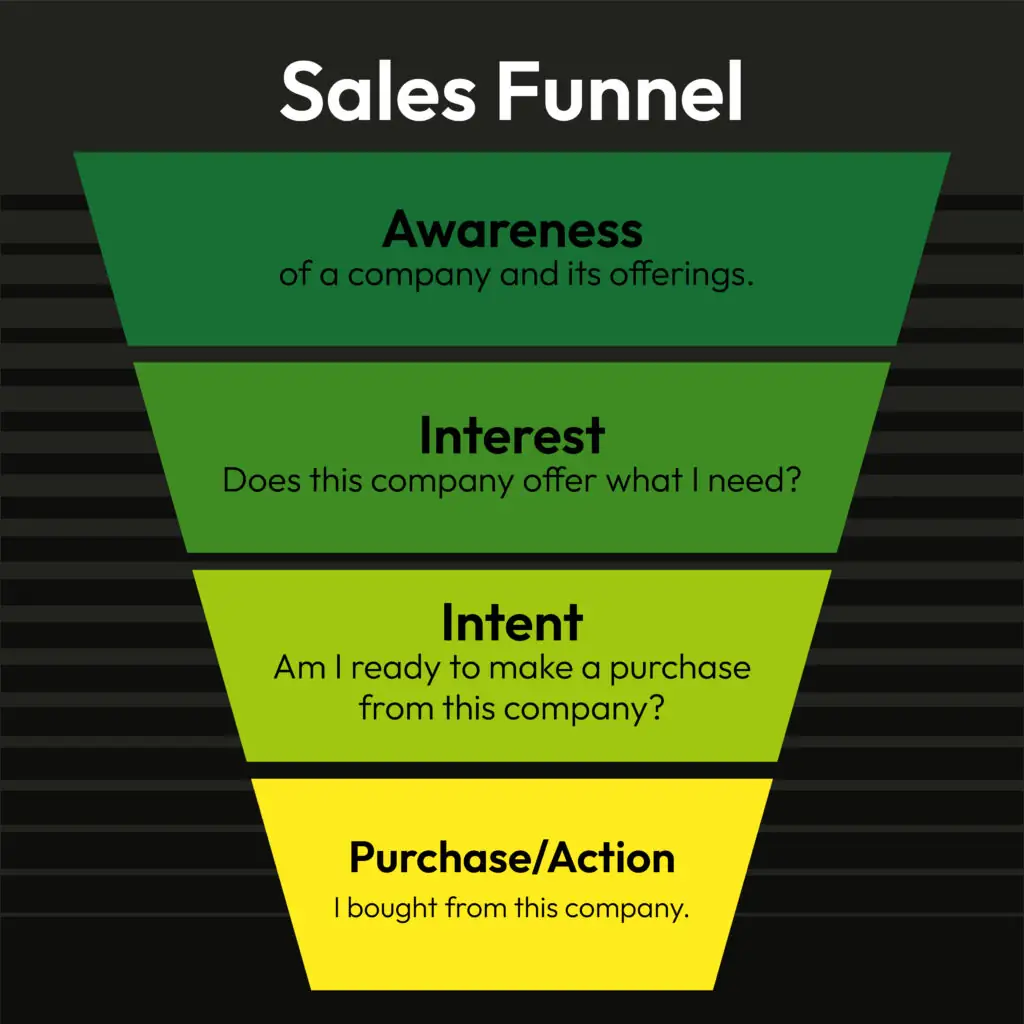
Gone are the days of telling users what you want them to know. Now, you must give your users what they want, or else they will find it elsewhere.
Creating user-driven content can be challenging if your content strategy is focused solely on keyword generation. That’s why it’s important that content and SEO strategists work together to generate user-friendly content that also drives SEO—that’s how we do it at Agital.
Like baking a cake, every facet of the content strategy is an ingredient that—when implemented correctly—creates a beautiful treat your audience will enjoy and, more importantly, want to buy!
Below is Agital’s recipe for successful user-driven content marketing.
Imagine this scenario: You’re online and searching for a new pair of running shoes. You expect to see Google’s result page filled with top 10 lists, brand names, and big box stores. However, the first result on the page is for “best running shoe inserts”… Wait, what?
Based on your expectations and your intent to find a pair of great running shoes (user intent), you’ll probably ignore the first result about inserts altogether. The same goes for your audience. They don’t want to see a blog about shoe inserts when they’re looking for running shoes. Google picks up on that.
In our hypothetical running shoe scenario, Google would likely drop the post about inserts from its first page. Content strategists need to understand what the target audience is looking for, what they expect to see, and how to satisfy those intentions.
In a blog post about running shoes, users may expect to find information about comfort, sizing, durability, and breathability of different shoe models or a specific running shoe. Article content should include all these points to satisfy user intent. A strong blog post might even compare shoes that have similar features or include videos of people trying on the shoes and sharing their reviews.
Just as flour is one of the main ingredients in a cake, user intent is one of the key elements to consider when writing content. Don’t bury user intent, spotlight it. Address your user’s interests and pain points first to satisfy their intent, which will increase their time on page and position you as a trusted source of information.
We explain how to identifying and utilize user intent in a blog about SEO best practices that meet Google’s helpful content update.
Knowing your audience strengthens your content and stabilizes your users’ journey, guiding them to make a purchase and come back for more. A user-first content strategy can only be effective if you’re writing for correct user/audience.
Getting to know your target audience is the best way to know exactly what your audience wants. For example, let’s take a look at Google’s predictive search for running shoes.
As you see above, searching for running shoes brings a variety of very different options. Your search engine results page (SERP) could be filled with running shoes for women, men, kids, wide feet, extra arch support, and so on, depending on your personal preferences and search history.
That’s why you need to know who your audience is before you can truly answer their pain points and satisfy their intent.
You also need to know what stage of the sales funnel the audience is in when they encounter your content. Are they looking for a quick answer (top of the funnel), researching options available (middle of the funnel) or ready to make a purchase (bottom of the funnel).

Understanding who your audience is and where they are in the sales funnel will help you create content that nurtures and guides them toward a purchase. For a user researching their running shoe options, you may create the following outline:
This outline won’t only answer user intent but also entice the users to make a purchase at the right time. Showing them a discount or pop-up coupon too early may cause them to click away because it signals to the user, “This page is designed for you to spend money.” This outline instead naturally leads them through the sales funnel by answering their questions—thus satisfying their intent – and then offering them the next step of buying the shoe at a discounted rate.
If your cake isn’t sweet or if it’s missing a key flavor-balancing ingredient like salt, then you’re turning away potentially hundreds of customers. If you want people to trust your baking skills and buy from you again, your cake must look appetizing and taste good.
With content, a good design is that extra sweetness that makes your customers want to read more. In fact, Google has been pushing for good content design since their Panda algorithm update in February 2011. This update helped push low-quality content off Google’s first page and boosted the ranking of pieces that were designed with the user in mind.
Content needs to be more than text on a page to perform well. It needs to have multiple points of entry, such as easily identifiable headers, lists, key takeaway boxes, and infographics. To make it even sweeter for the reader, you can include relevant videos, podcasts, tables, graphs, interviews with industry professionals, case studies and more. All of this will add value to your content, increasing your brand’s credibility and your users’ trust in you.
Know the type of language that helps your readers understand your content and inspires them to act.
The Nielsen Norman Group found that using simple and easy-to-understand text is preferable because it’s accessible to every audience. According to a study they found, “even highly educated online readers crave succinct information that is easy to scan.”
Construct your outline using simple language that avoids jargon and regional slang. This will ensure that your content provides readers with the smooth and rich experience they expect. After all, no one wants to open a blog about running shoes only to have to open another tab to Google what “the best kicks” mean.
Keep your language simple and your readers will thank you for it.
Once your cake is out of the oven and has had time to cool, it’s finally ready to decorate. Once you’ve identified your audience, their intentions and formatted a strong outline that incorporates good design and media, then it’s time to finally write the content.
Make the content useful, unique, trustworthy, and interesting to read using the right tone for your target audience. As you present your data, do it in a way that makes sense and flows with the piece.
However, beauty is in the eye of the beholder. Every cake will look different, just as every piece of content will look different. For this reason, Agital creates a wide variety of content that puts the user first, whether they prefer red velvet cake or carrot cake. For us, the user has always come first.